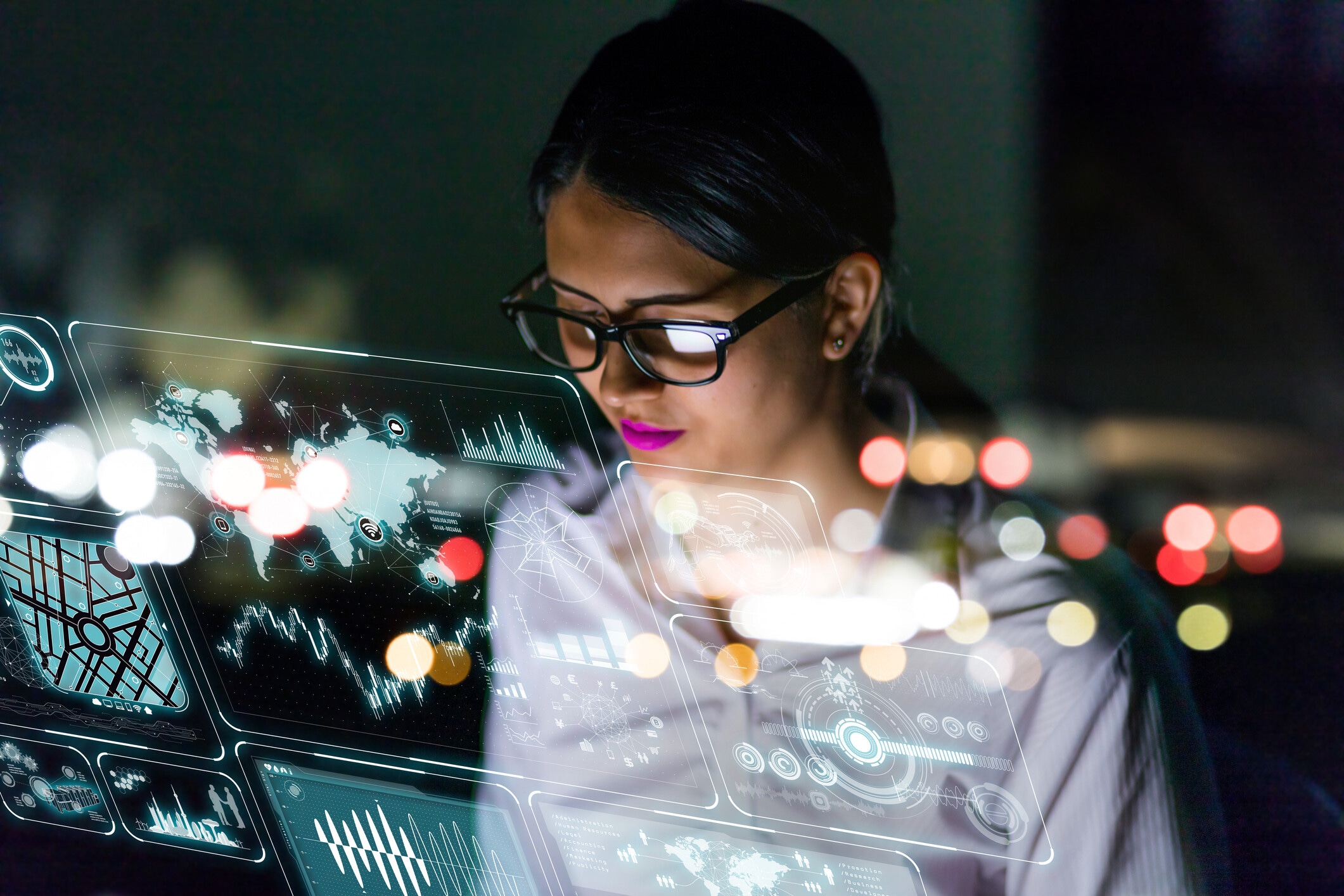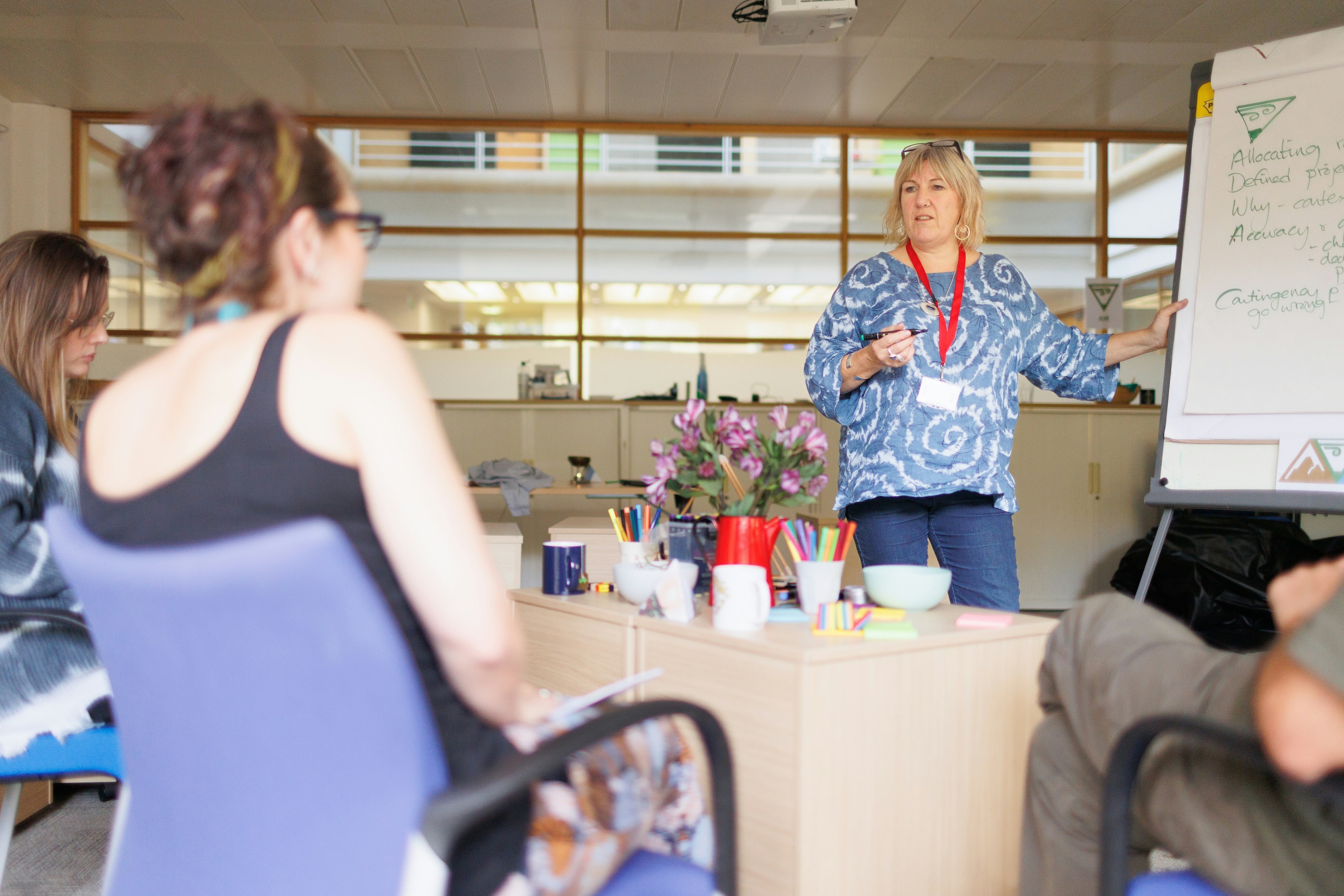What is the future of office spaces?

Innovative companies such as Google are renown for the quirky design of their offices over the globe. Image: REUTERS/Mark Blinch
A lot of us spend long stretches in the office, but outdated design could be damaging our wellbeing and mental health. What’s more, it’s killing our productivity. One study found that office workers spend more time sitting than pensioners, which increases the risk of cardiovascular disease, type II diabetes and even cancer.
That’s why forward-looking designers are finding ways to build spaces that heal rather than hurt us. Going beyond the already ubiquitous standing desks and social “breakout sofas,” the office of the future is healthy, harmonious and happy. Here’s how it’s beginning to take shape.
Go green
“Biophilic” design has been a buzzword in office overhauls since at least 2014, which in trend terms means it should be totally over. Not so! With natural elements shown to boost productivity by 8% and wellbeing by 13%, it’s still all about the green stuff – and this time, they want you to go further than a few half-hearted pot plants on the windowsill. In addition to bamboo walls and nature-inspired swoops and curves, today’s offices are tackling the planet’s problems integrally through green web hosting, grey water recycling, renewable energy sources, carbon offsets and locally sourced food.
Textural healing
Research has shown that office spaces that mimic the great outdoors have a positive impact on staff happiness. Fortunately, this doesn’t mean doing spreadsheets in a wind tunnel – a simple reliance on “natural” textures such as wood, metals, textiles and stone will do the trick, with cement floors tipped to be big in the near future. With po-faced Apple minimalism still all the rage, splashes of natural yarns in warm colours could be a way to reintroduce a playful side and give the eye a break from all that grey.
Embrace outdoor space
In keeping with the above, companies are beginning to factor their office’s outdoor space itself into their functioning. If stepping out for some fresh air can work wonders for your focus, why not go the whole hog and host an al fresco brainstorming session in the yard? Probably more practical if you’re in Bangalore rather than Burnley, but at least talking about it gives us an excuse to ogle Google’s proposed King’s Cross HQ, with its rooftop running track, wildflower gardens and “fields” in which employees can unwind – and schedule meetings with envious clients.
Flex for success
Forget choosing between open-plan or cubicle, breakout space or conference suite – the real office space of the future is “agile” and can be all of the above. Depending on their mood, workers may enjoy customisable surroundings and the sort of interactive features that are proven to boost ingenuity, such as modular furniture, portable walls and removable corkboards.
Homeward bound
With downtime increasingly seen as pivotal to the creative process, offices are reaching beyond the breakout space to offer employees somewhere to really power down. We’re talking TVs. We’re talking sofas. We’re talking saunas. Google might have gotten there first with its much-mythologised ball pool – its new London HQ houses a basketball court – but where it leads, others are sure to follow. And with the work-life divide increasingly blurred, and extended stints the norm, that chillout zone or games room could become increasingly vital to a workforce’s mental health.
Embrace technology
Are you entertaining clients from a virtual desktop? Can you walk business partners through floor-to-ceiling quarterly earnings graphics – literally? If the answer is no, then sharpen up, caveman. The signs are that VR and its hyper-cool cousin AR (augmented reality) are making their tentative, chunky-spectacled way into office culture. From reducing open-plan distractions through virtual office walls to boosting training via in-field scenarios, the pair are set to revolutionize how we work, create and coordinate – joining “borderless” infinity monitors and wearable sociometric devices on the futuristic gadget list, all hopefully for the betterment of staff satisfaction.
The light fantastic
Workers’ productivity declines if they’re stationed more than 7.5 metres from a window, according to data sourced by the International Well Building Institute. Just like those outdoorsy office features mentioned above, exposure to natural light reduces anxiety and stress – and provide that crucial vit D boost so many of us sorely lack. Skylights and translucent panels are a good way to let the daylight in, but they aren’t practical, it’s important to augment the shortfall in sun rays using a host of nifty aids, such as tabletop UV lamps or natural-spectrum bulbs.
Go your own wayUltimately, what matters most in a 21st-century office is another ever-popular buzzword: individuality. Gone are the days of those one-size-fits-all open plan spaces. The ideal workplace today is likely to be as idiosyncratic and full of unique tweaks as the quirky startup it houses, with each re-imagining the norm in its own quiet way, making employees feel valued and as if their specific needs are being catered for. And that’s just the way it should be. Because at all times, we must remember that office culture is just as important as design trends – if not more so.
When office supplies company Lyreco surveyed 2,000 corporate workers, it found that while half of them agreed that the look and feel of an office affected their work, two-thirds were more concerned about a rise in stress levels over the last five years. The most important factors for a successful office were a relaxed attitude, supportive colleagues and flexible working hours, with a close-knit team and a good pension scheme not far behind.
Don't miss any update on this topic
Create a free account and access your personalized content collection with our latest publications and analyses.
License and Republishing
World Economic Forum articles may be republished in accordance with the Creative Commons Attribution-NonCommercial-NoDerivatives 4.0 International Public License, and in accordance with our Terms of Use.
The views expressed in this article are those of the author alone and not the World Economic Forum.
Stay up to date:
Innovation
Forum Stories newsletter
Bringing you weekly curated insights and analysis on the global issues that matter.
More on Education and SkillsSee all
Jumoke Oduwole and Abir Ibrahim
November 11, 2025






